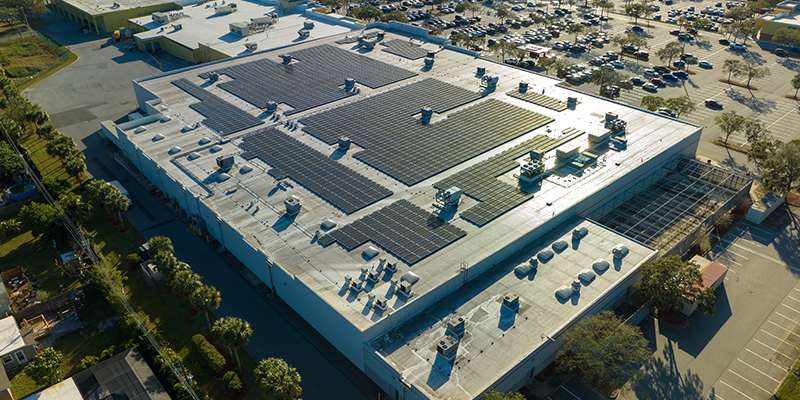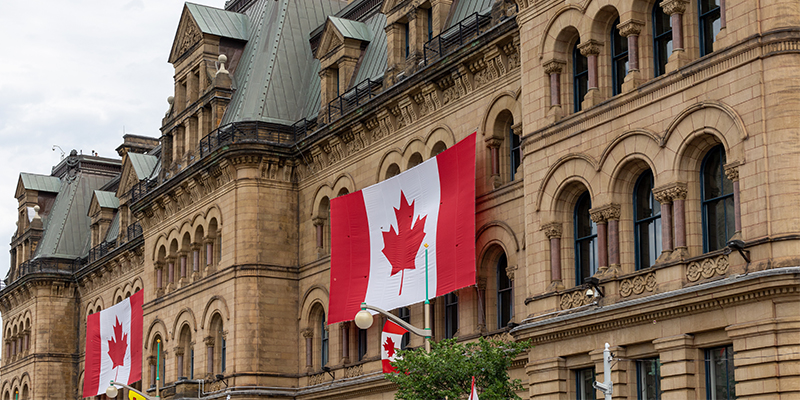By Jack Hargrove
On Nov. 4, almost exactly one year after Republicans’ major election victory in 2024, many Americans returned to the ballot box to vote in state and local elections. Though these races get less attention than the federal elections every two years, they can have a major impact on day-to-day life and the commercial real estate industry.
In Virginia and New Jersey, statewide elections chose new governors and legislators. New York City chose a new mayor, as did many other major cities. California voted on a ballot proposition to adopt new congressional maps as part of the ongoing battle over redistricting nationally. These elections, as well as numerous other races across the country, had one thing in common: Democrats won big. As the party out of power federally and with a base more likely to vote in off-year elections, Democrats were expected to be the winners of the night, but the results exceeded the expectations of either party.
The dominant buzzword of these elections was “affordability.” As voters consistently indicate that the high cost of living is one of their biggest concerns, campaigns that promised to lower costs were ascendant. Even the Trump administration has now said affordability will be a focus going into the 2026 midterms. Elements of “affordability” include rent and utility costs. As such, it could have a major impact on the commercial real estate industry. At the local level, clashes between moderate Democrats and progressives led to mixed results.
In Virginia, Democratic former congresswoman Abigail Spanberger was elected governor to replace term-limited Republican Glenn Youngkin. Spanberger beat her Republican opponent by 15 points, the largest landslide for a Virginia gubernatorial candidate since 2009 and more than double Kamala Harris’ 2024 margin of victory in the state. Democrats also flipped the offices of lieutenant governor and attorney general. Additionally, Democrats flipped 13 seats in the House of Delegates to increase their majority from 51 to 64 members out of 100 total. Though Virginia is often seen as a light blue state, this election gives Democrats firm control in state government for at least the next two years. One major factor in this result was the mass layoffs of federal workers earlier this year, many of whom live in northern Virginia. However, data centers and their relationship with energy costs were another frequent topic of debate. Virginia’s “Data Center Alley” in Loudoun County contains the largest concentration of data centers in the world. Though Spanberger has not laid out an explicit policy, she has made statements about data center developers paying their “fair share” of energy costs.
New Jersey is historically considered a deep blue state, but there was significant speculation that this year’s gubernatorial race would be close. New Jersey had the second-largest swing toward Republicans of any blue state in 2024, and Republican nominee Jack Ciattarelli lost by only three points when he ran in 2021. However, Democratic congresswoman Mikie Sherrill beat Ciattarelli by an astonishing 14 points, the best gubernatorial performance for a Democrat in New Jersey in more than two decades. Democrats also improved their majority in the General Assembly to a supermajority by flipping five seats. Regarding “affordability,” Sherrill proposed freezing utility prices for a year in response to the rapid increase of energy prices.
At the local level, New York City completed what has been an unusually high-profile mayoral election. In June, democratic socialist and state assemblyman Zohran Mamdani won a shocking victory in the Democratic primary against former governor and heavy polling favorite Andrew Cuomo. One of Mamdani’s signature policy proposals is to “freeze the rent” for the 2,000,000 New Yorkers who live in rent-stabilized apartments. Cuomo ran again in the general election as an independent, making it a three-way race with Mamdani and Republican nominee Curtis Sliwa. Mamdani won a majority of the vote with 50.4%, beating Cuomo’s 41.6% and Sliwa’s 7.1%.
Many other municipalities held elections, with some major cities reflecting similar dynamics to New York. In Seattle, democratic socialist and community activist Katie Wilson narrowly upset incumbent Democratic Mayor Bruce Harrell by less than a percentage point. Meanwhile, incumbent Mayor Jacob Frey in Minneapolis successfully defended against democratic socialist challenger Omar Fateh and won a third term as mayor. In Buffalo, progressive Sean Ryan was elected mayor after defeating acting Mayor Christopher Scanlon in the Democratic primary earlier this year. In Pittsburgh, the reverse happened: Corey O’Connor was elected mayor after securing the Democratic nomination in May.
Regardless of where NAIOP members may live, the takeaways from these local elections could have an impact on next year’s congressional midterm elections. As both Democrats and Republicans acknowledge the salience of “affordability” among voters, commercial real estate can easily become a target. Politicians eager for a talking point on utility prices will increasingly target data center electricity consumption. The cost of housing in particular has dominated conversations in major cities, making rent control an appealing policy for many voters. Politically, these Democratic victories might force Republicans to recalibrate their campaign strategy for the midterms. Though the extent to which these elections were a result of backlash against the Trump administration or its policies is unclear, Republican candidates will be on the lookout for new strategies. In these unpredictable political times, NAIOP will continue to make sure that commercial real estate has a voice in government.







